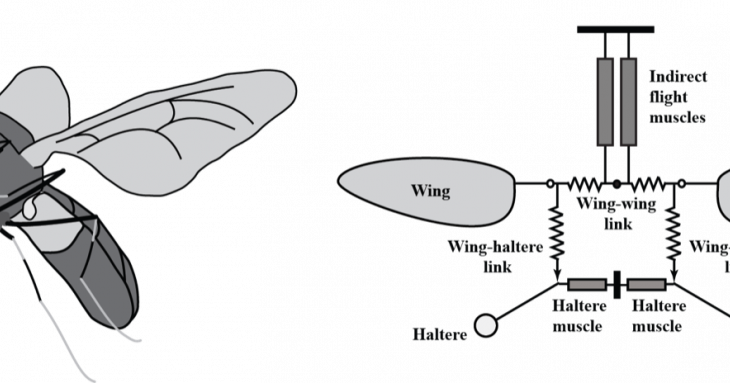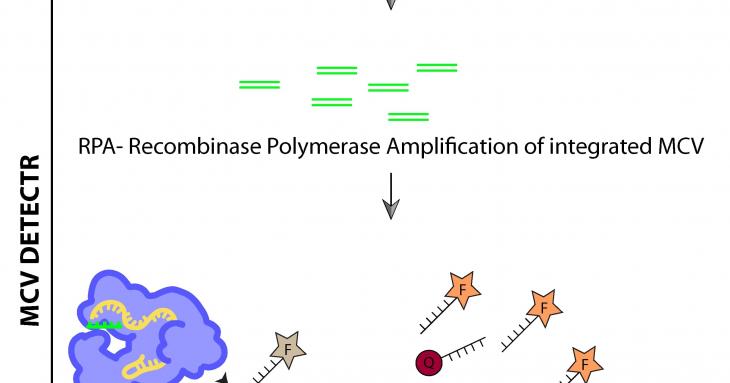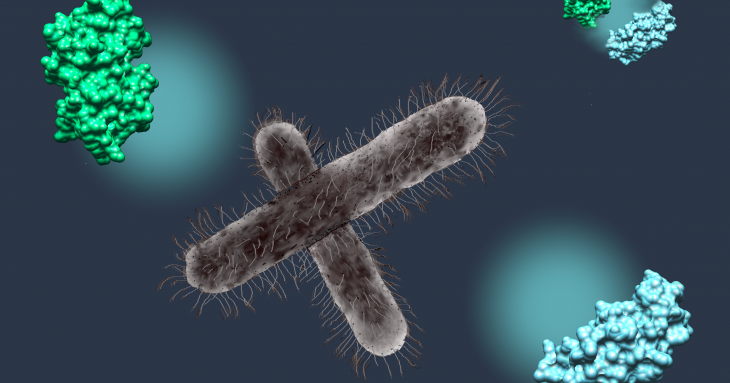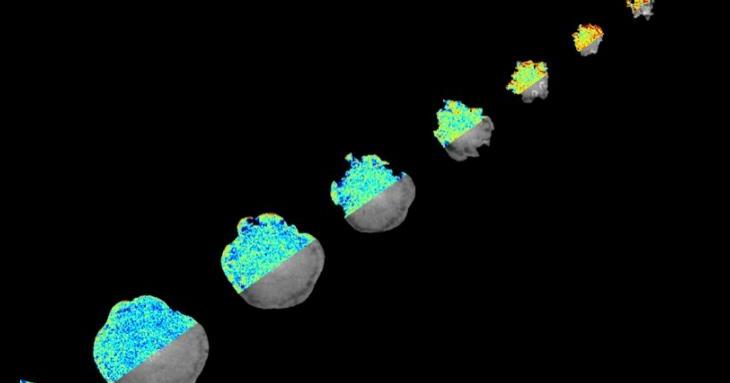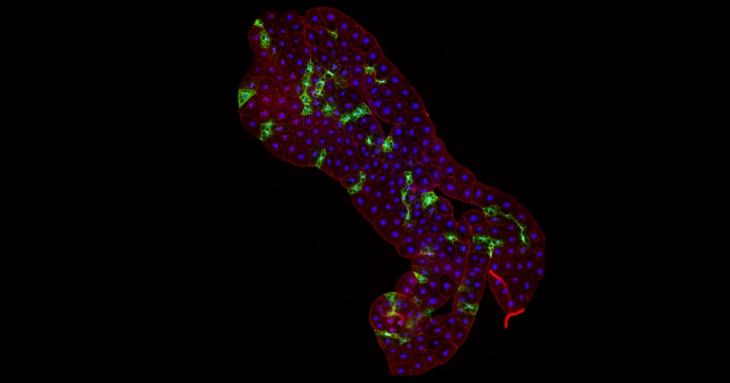-
-
What makes the black tigers of Similipal black?
A team of scientists have discovered the genetic cause of the odd coat colouration and patterning in Similipal’s black tigers.
-
The mechanism behind the Herpes virus Houdini act
Scientists from the National Centre for Biological Sciences (NCBS), Bangalore, have discovered how the Herpes virus escapes one of the defense mechanisms it encounters in its hosts. Cells infected by Herpes viruses bind the viral DNA with proteins called PML NBs (ProMyelocytic Leukemia protein Nuclear Bodies) to stop the production of viral proteins and stall virus reproduction. The viral DNA, however, escapes from its protein prison with the help of ICP0 (Infected Cell Polypeptide 0), a viral enzyme.
-
The National Mission on Biodiversity and Human Well-Being: For a greener, healthier, and more sustainable way of life
The National Mission on Biodiversity and Human Well-Being is an ambitious initiative that aims to bring biodiversity and conservation to the forefront of Indian science, policy, and society’s attention. The Mission has been visualized to be as inclusive as possible, with components that involve scientific institutions, government agencies, and non-government organizations at the national, state, and local levels. The people who will power the Mission will include scientists, farmers, industrialists, students, policy makers, and citizens from all walks of life.
-
NCBS researchers develop test to detect a virus in cancer cells
Scientists from the National Centre for Biological Sciences (NCBS), Bangalore, have developed a test to detect the presence of Merkel cell polyomavirus (MCV) in Merkel cell carcinomas.
-
The fly on the wall: ever wondered how it lands there?
A new study from the National Centre of Biological Sciences (NCBS), Bangalore, has thrown some light on the mystery of how flies can land on vertical and upside-down surfaces. Sanjay Sane’s group at NCBS has shown that fly landing maneuvers have two distinct modules of behavior – deceleration and leg extension. The team has found that deceleration or slowing down, is like a reflex action, and sets in at a distance proportional to the speed of flight. In other words, at higher flight speeds, deceleration sets in earlier and further away from the landing surface.
-
Subtle changes, big effects
Scientists have recently discovered the mechanism by which a minuscule change in 3 atoms in a protein molecule can affect immune signaling in cells. This ‘butterfly effect’ is used by the bacterium, Shigella flexneri, to survive within the host cells that it infects. Ranabir Das’ team at the National Centre for Biological Sciences (NCBS), Bangalore, has found that a tiny change in the protein UBC13, caused by a bacterial enzyme, creates a cascade of small atomic alterations that add up until they prevent UBC13 from binding to a partner protein, TRAF6.
-
Cell surface organization at the nanometer scale
How do cell membranes integrate mechanical and chemical signals in response to activated sensors? Satyajit Mayor’s group at the National Centre for Biological Sciences (NCBS), Bangalore, has published a new study that sheds light on this process. The team has shown that when a signal for cell migration activates sensors on the cell membrane, specific proteins are clustered together on the cell surface to form ‘nanodomains’. Nanodomain formation is crucial for cell migration, and involves both chemical and mechanical signals.
A battle rages on in silence. -
A matter of fine balance: electrical balance in the brain
Image: Despite more than a million fold difference in the light intensity, our brains enable us to see the same scene in broad daylight and a dim night by the process of normalization. This article shows how brains "can" perform normalization by precisely balancing two equal and opposite forces - excitation and inhibition.
Artist of the graphic: Hrishikesh Nambisan
-
A molecular rheostat for insulin signalling
A mutant fruitfly strain studied by researchers from the National Centre for Biological Sciences (NCBS), Bangalore, may hold the key to understanding what goes wrong with insulin signalling in type-2 diabetes. When raised on a high-sugar diet, normal flies show a 25% increase in blood sugar levels; but the mutant flies—which lack the enzyme PIP4K (short for phosphatidylinositol 5 phosphate 4-kinase)— have normal blood sugar levels when raised on a high-sugar diet.


